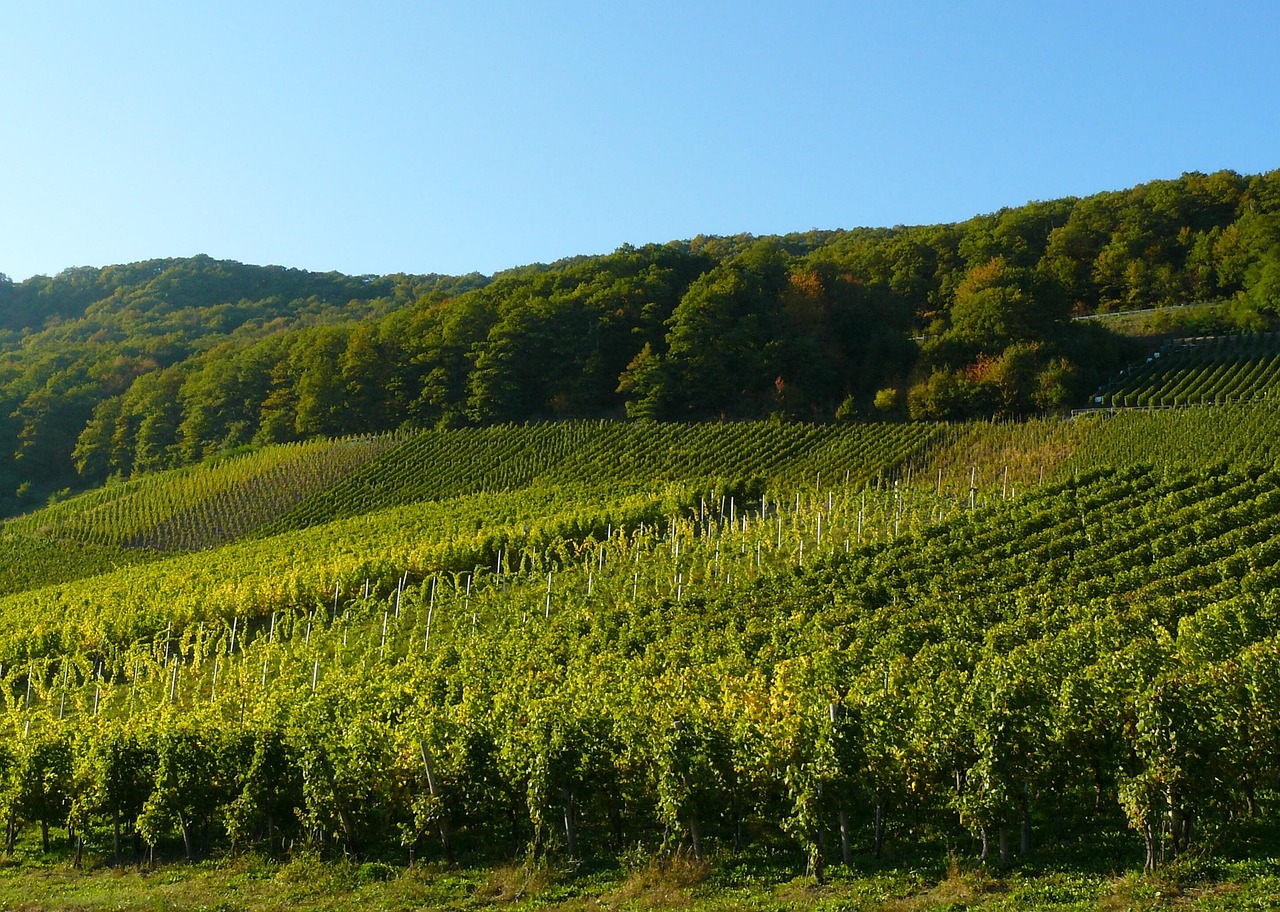
The technical audit is a crucial stage in the process of acquiring a wine estate. It enables the potential buyer to make an in-depth assessment of the state of the estate, the quality of its production and its development potential.
This article details the essential points to check during a technical audit, to ensure a successful transaction and a sound investment in the world of wine.
Assessing the condition of the vines is crucial to determining the future quality of production. Careful consideration should be given to
A viticultural expert can carry out an in-depth analysis of the soil to assess its fertility and ability to produce quality grapes. This step is essential for understanding the estate's potential and identifying any problems that need to be resolved.
The audit must also cover the cultivation practices used on the estate:
This information is used to assess the sustainability of practices and their impact on the quality of the grapes produced.
The audit must include a thorough inspection of the winery and wine-making equipment:
As part of the audit, the traceability and control systems in place should be examined:
These elements are essential to ensure regulatory compliance and optimise the management of the estate.
An important part of the audit consists of tasting the wines produced by the estate:
This tasting enables us to assess the overall quality of the production and how well it meets market expectations.
Laboratory analyses can complement the tasting:
These analyses provide objective information on the technical quality of the wines and their compliance with current standards.
The audit should enable us to assess the estate's current production capacity and its potential for growth:
This information is crucial in determining the estate's growth prospects.
The audit should also identify opportunities to improve quality and profitability:
These factors will enable us to assess the estate's potential in the medium and long term.
The audit must check that the estate complies with current production standards:
These checks are very important to avoid any future legal risks.
It is important to examine the rights and easements attached to the estate:
These factors can have a significant impact on the value and development potential of the estate.
The technical audit of a wine estate is a crucial stage in the acquisition process. It provides an in-depth assessment of the state of the estate, the quality of its production and its development potential. By carefully examining the vineyard, production facilities, wine quality and regulatory aspects, potential buyers can make an informed decision and minimise the risks associated with their investment.
It is advisable to call on experts (winegrowers, oenologists, lawyers) to carry out this audit rigorously and exhaustively. Their expertise will help to identify the estate's strengths and weaknesses, as well as opportunities for improvement and development.
Ultimately, a well-conducted technical audit forms the basis of a successful transaction and a promising wine project. It enables buyers to be sure that the estate meets their expectations and objectives, in terms of both quality and finance, and to look to the future of their wine estate with confidence.